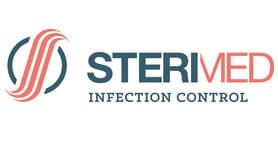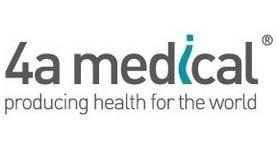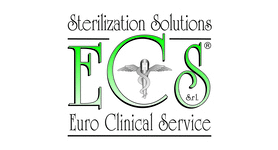In the world of medical science and technology and healthcare there is a continual reference to microorganisms or microbes.
What are microbes?
Microorganisms or microbes are very diverse; they include bacteria, fungi, microscopic plants (green algae) and animals such as plankton. Some microbiologists also include viruses, but others consider these as non-living. Most microbes are single-celled, but some are multicellular organisms, while some unicellular bacteria are macroscopic and visible to the naked eye.
The Importance of Microbes
Microbes live in all parts of the biosphere where there is liquid water, including soil, hot springs, on the ocean floor, high in the atmosphere and deep inside rocks within the Earth’s crust. They are found in all living things, plants and animals. There are more microbes on and inside your body than there are cells that make up your entire body. As some microbes can fix nitrogen, they are a vital part of the nitrogen cycle, and airborne microbes may play a role in precipitation and the weather. Microbes also are responsible for building fertile soil for plants to grow in. As decomposers, they are critical to nutrient recycling in ecosystems. The microbes stick to the roots of plants and decompose dead organic matter into food for the plant to absorb. Human and animal waste products are also broken down into safer particles by some microbes.
Microbes can form an endosymbiotic relationship with other, larger organisms. For example, the bacteria that live within the human digestive system contribute to gut immunity, synthesise vitamins such as folic acid and biotin, and ferment complex indigestible carbohydrates. Microbes are also exploited by people in biotechnology, both in traditional food and beverage preparation, and in modern technologies based on genetic engineering. Drug companies that make medicines use hundreds of different microorganisms to make medicines that will help cure diseases.
However, whilst many microbes are useful and necessary for everyday life, some are not. A pathogen or infectious agent or germ is a microbe that causes disease in its animal or plant host. Animals and humans can readily become host to unwelcome viral, bacterial, or fungal visitors.
The simple biological structures of pathogens allow them to grow, reproduce and evolve to evade both the immune system and the pharmaceuticals that are deployed against them.
Microorganisms are the cause of many infectious diseases. The organisms involved include pathogenic bacteria, causing diseases such as plague, tuberculosis and anthrax; protozoa, causing diseases such as malaria, sleeping sickness and toxoplasmosis; and also fungi causing diseases such as ringworm or candidiasis. However, other diseases such as influenza, yellow fever or AIDS are caused by pathogenic viruses, which are not usually classified as living organisms and are not therefore microorganisms by the strict definition.
How are microbes transmitted?
Depending on their structure, microbes can travel through the air, soil, or water, be inhaled along with the 10,000 litres of air humans breathe in daily, or be ingested. They can also survive undisturbed in diverse environmental conditions outside a host for many years. .Soil contamination has the longest or most persistent potential for harbouring a pathogen.
One of the primary pathways by which food or water become contaminated is from the release of untreated sewage into a drinking water supply or onto cropland, with the result that people who eat or drink contaminated sources become infected.
Airborne microbes cause a lot of illnesses and diseases in humans. Microbes can enter the air when a human or animal sneezes, or by the wind picking up the light particles and blowing them where humans are. When a human sneezes microbes leave the lungs at around 200 miles per hour. Some of the microbes that are growing in the mucus in the respiratory tract enter the air with the moisture particles that are sneezed out of the lungs. These microbes can be breathed into the lungs of another person and that person could get sick.
Transmission of microorganisms directly from one person to another can be by one or more of the following means:
• droplet contact – coughing or sneezing on another person
• direct physical contact – touching an infected person, including sexual contact
• indirect physical contact – usually by touching soil contamination or a contaminated surface
• airborne transmission – if the microorganism can remain in the air for long periods
• fecal-oral transmission – usually from contaminated food or water sources
Transmission can also be indirect, via another organism, either a vector (e.g. a mosquito) or an intermediate host (e.g. tapeworm in pigs can be transmitted to humans who ingest improperly cooked pork).
The human body contains many natural defences against some of the common pathogens including physical barriers, the immune system and some “helpful” bacteria present in the human body’s normal flora. However, if the immune system is weak, such as in infants, the elderly and individuals already infected or is damaged in any way such as by chemotherapy, or antibiotics being taken to kill other pathogens those pathogens that were being held at bay can proliferate and cause harm to the host. Such cases are called opportunistic infection. This is never so obvious than in a hospital environment where individuals are sick or undergoing surgery.
Today, while many medical advances have been made to safeguard against infection by pathogens, through the use of vaccination, antibiotics, and fungicide and social advances such as food safety, hygiene, and water treatment have reduced the threat of some microbes, pathogens continue to threaten human life.




































